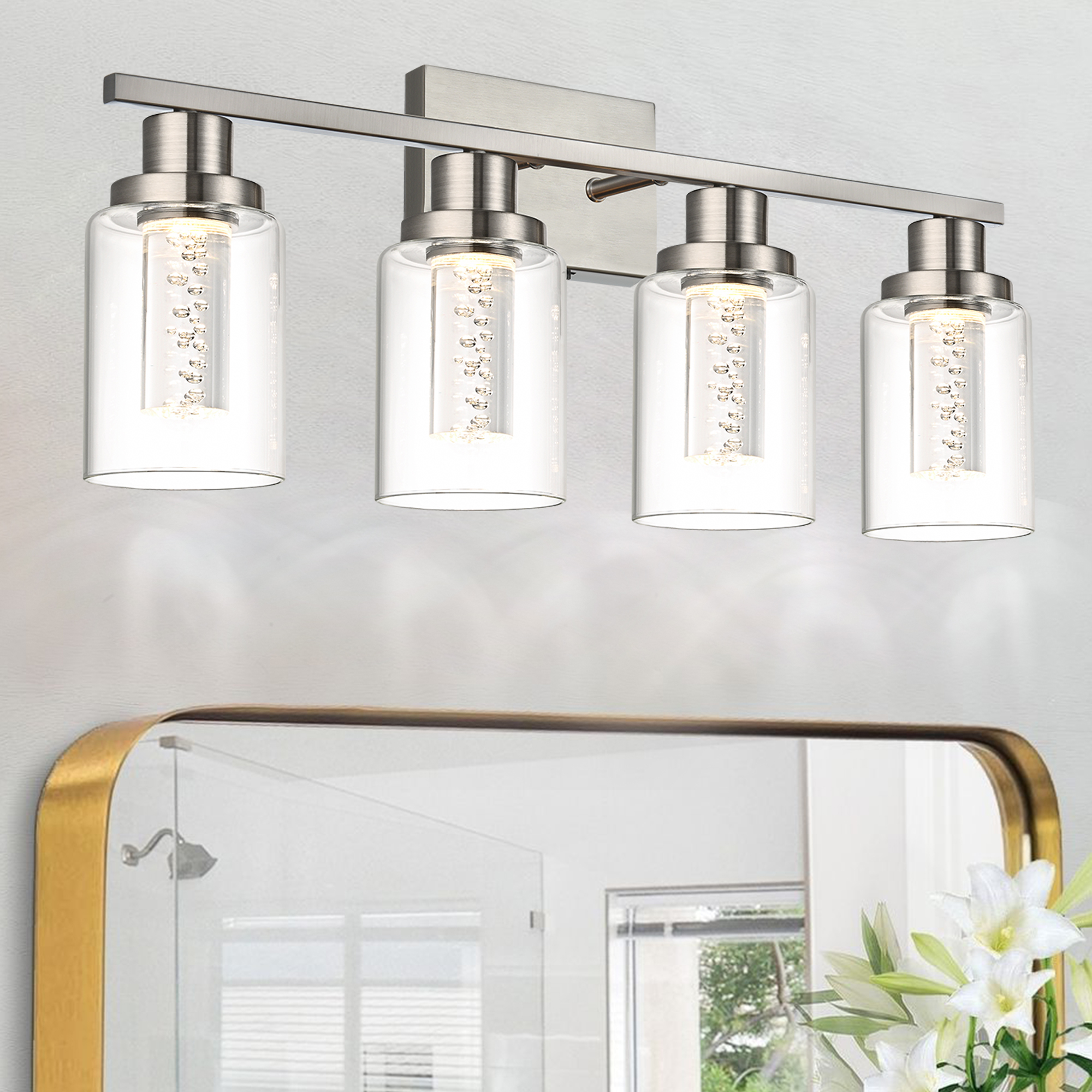kitchen pendant light shades
Kitchen Pendant Light Shades: Transforming Your Kitchen with Style and Functionality
Foreword:
The kitchen is the heart of the home, a space where families gather, meals are prepared, and memories are made. Lighting plays a crucial role in setting the mood and ambiance of this essential room. Among the various lighting options available, kitchen pendant light shades stand out for their ability to blend style with functionality. This article explores the significance of pendant light shades in kitchen design, offering insights into how they can transform your cooking space into a visually appealing and practical area.
Understanding Kitchen Pendant Light Shades

Kitchen pendant light shades are decorative covers that fit over pendant lights, enhancing their aesthetic appeal while providing additional functionality. These shades come in various materials, designs, and colors, allowing homeowners to customize their kitchen’s look according to their preferences. By understanding the different types of pendant light shades available, you can make an informed decision that aligns with your kitchen’s design and your personal style.
The Importance of Proper Lighting in the Kitchen
Proper lighting is essential in the kitchen, not just for its visual appeal but also for safety and functionality. A well-lit kitchen ensures that tasks such as cooking, chopping, and cleaning can be carried out efficiently and safely. Pendant light shades contribute significantly to achieving this balance, offering several benefits:
-
Improved Task Lighting: Pendant light shades can direct light exactly where it’s needed, illuminating workspaces and reducing shadows. This is particularly beneficial over islands, sinks, and countertops.
-
Enhanced Ambiance: The right pendant light shades can create a warm and inviting atmosphere, making the kitchen a more enjoyable place to spend time.
-
Energy Efficiency: Modern pendant light shades are designed to accommodate energy-efficient bulbs, helping you save on electricity bills while providing adequate lighting.
Types of Kitchen Pendant Light Shades
There are several types of kitchen pendant light shades to choose from, each offering a unique look and feel:
-
Fabric Shades: Fabric shades add a soft, warm touch to the kitchen. They come in various colors and patterns, allowing you to inject personality into your space.
- Example: A white linen shade can create a clean, crisp look, while a bold pattern can add a pop of color.
-
Metallic Shades: Metallic shades offer a modern and sleek aesthetic. They are often made from materials like brushed nickel, copper, or brass, providing a durable and stylish option.
- Example: A brushed nickel shade can complement stainless steel appliances and create a cohesive look.
-
Glass Shades: Glass shades come in various textures and colors, offering a range of lighting effects. Clear glass provides a clean and contemporary look, while colored glass can add a vibrant touch.
- Example: A smoked glass shade can create a dramatic effect by softening the light and adding depth.
-
Cotton or Woven Shades: These shades offer a natural and organic look, perfect for kitchens with a rustic or country-inspired design.
- Example: A woven bamboo shade can bring an earthy feel to your kitchen, creating a serene atmosphere.
Choosing the Right Kitchen Pendant Light Shades
Selecting the right kitchen pendant light shades involves considering several factors:
-
Style: The style of your kitchen should guide your choice of pendant light shades. For a modern kitchen, metallic or glass shades might be more suitable, while fabric or woven shades can complement traditional designs.
-
Size: The size of the pendant light shades should be proportional to the size of the room and the fixtures themselves. Oversized shades can overwhelm a small space, while undersized shades might look out of place in a large kitchen.
-
Light Output: Consider the amount of light needed in your kitchen.Opaque shades can reduce light output, while translucent shades allow more light to pass through.
-
Maintenance: Some shades require more maintenance than others. For example, fabric shades may need to be dusted regularly, while glass shades can be wiped clean with a damp cloth.
Incorporating Kitchen Pendant Light Shades into Your Design
To effectively incorporate kitchen pendant light shades into your kitchen design, follow these tips:
-
Layer Lighting: Combine pendant light shades with other lighting sources, such as recessed lights or under-cabinet lighting, to create a balanced and functional lighting scheme.
-
Focus on Focal Points: Place pendant light shades over key areas like the kitchen island or dining table to highlight these focal points and create a cozy atmosphere.
-
Coordinate with Fixtures: Ensure that your pendant light shades complement other fixtures in the kitchen, such as faucets, cabinet handles, and appliances.
-
Play with Height: Vary the height of pendant light shades to add visual interest. For example, hang taller shades over the island and shorter ones over the dining area.

Conclusion
Kitchen pendant light shades are more than just a decorative element; they are an essential component of a well-designed kitchen. By understanding the different types of shades available and how to incorporate them into your space, you can transform your kitchen into a functional and visually appealing area that reflects your personal style. With the right pendant light shades, your kitchen can become a beacon of style and functionality, a place where cooking becomes an art form and family moments are cherished.

